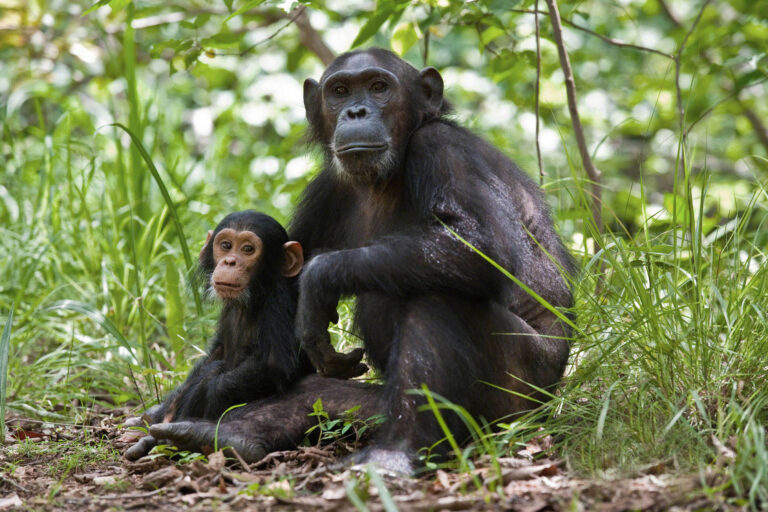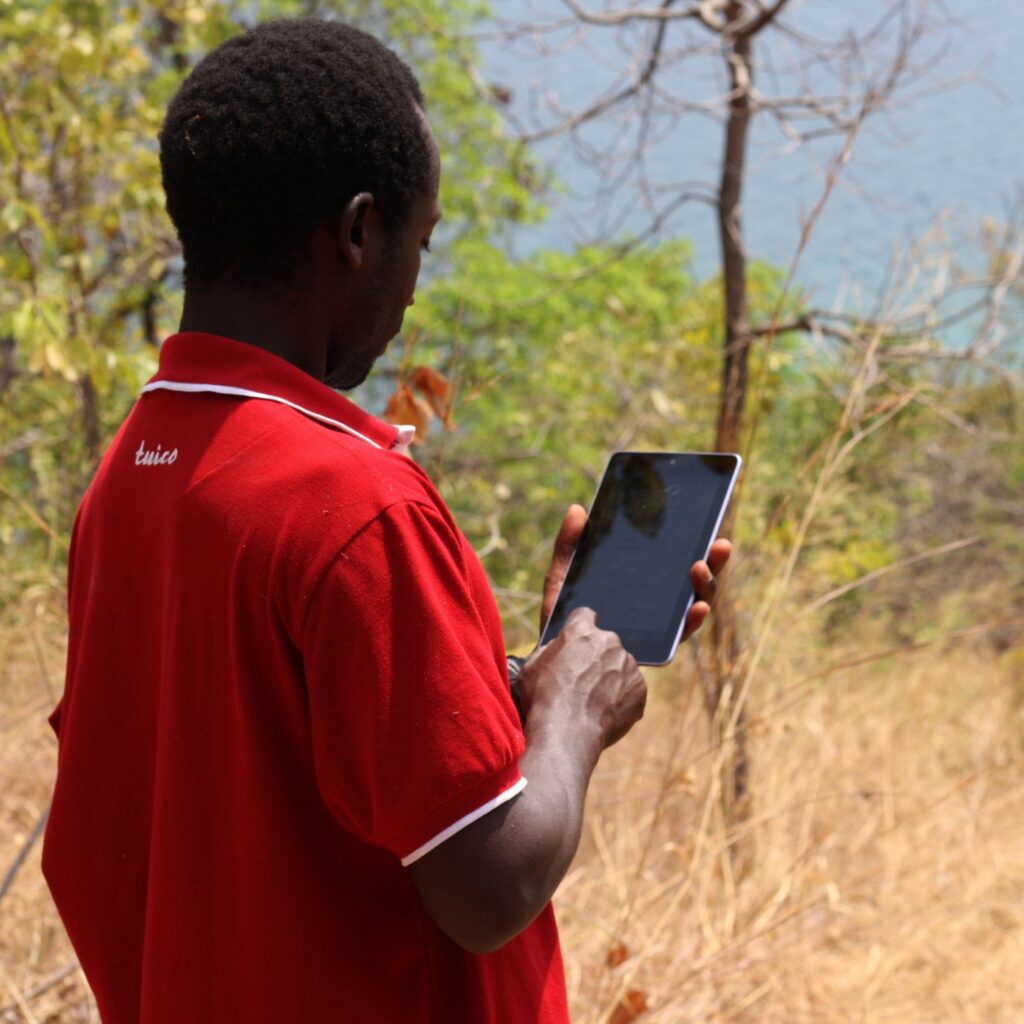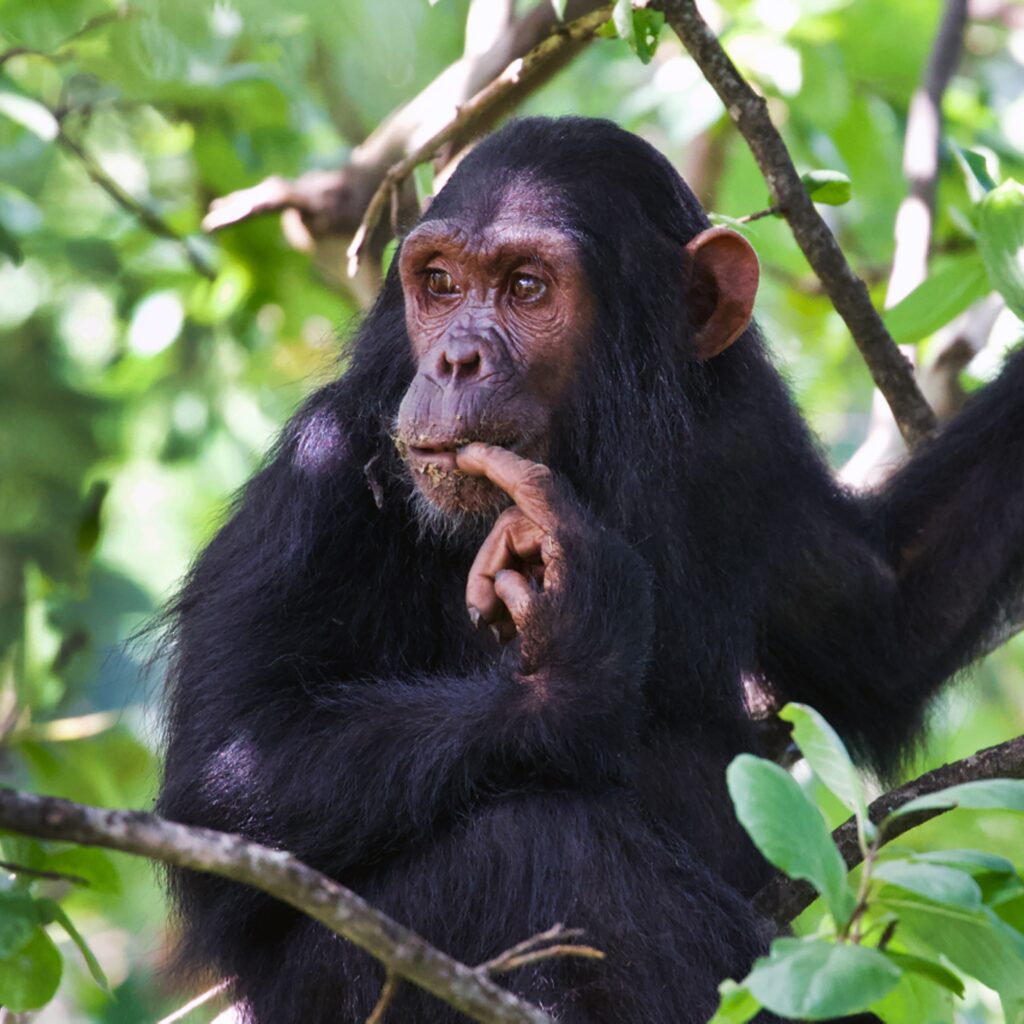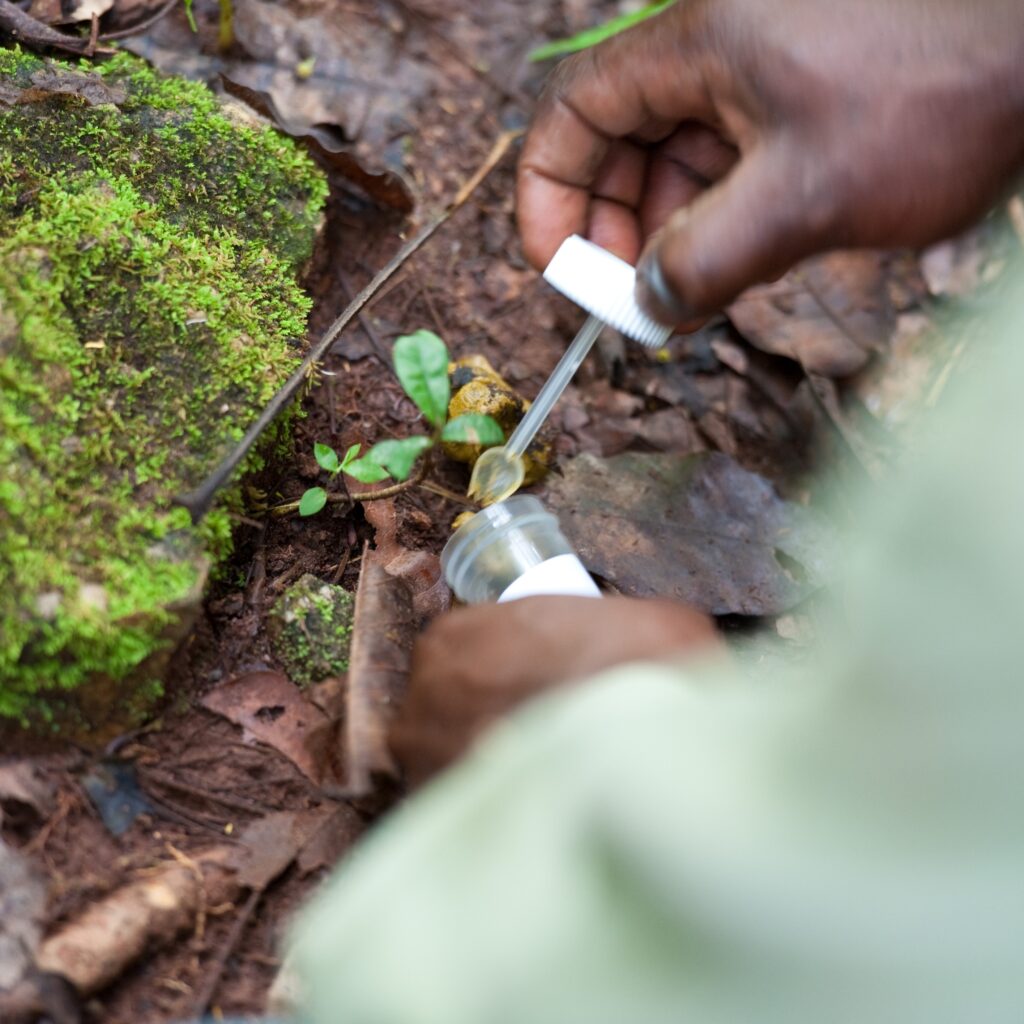July 14, 2025 marks 65 years of research at what is now Gombe Stream Research Center in Tanzania. In our last segment, we shared some of the 🔗 magical moments that have happened at Gombe through research that continues to this day.
As the longest-running study of wild chimpanzees in the world, Gombe unlocks new insight into our closest living relatives with each year that passes. We are learning more than ever about the importance of social bonds, the effect of parental care on infant development, and our own evolutionary history.
As threats to habitats and wildlife increase, Gombe also provides resources to find solutions. We are tracking habitat changes using Geographic Information Systems (GIS), monitoring Gombe’s biodiversity with bioacoustics to learn what species essential habitats like Gombe hold, and increasing local capacity so that communities around Gombe have the tools they need to be stewards of their own land
This work has just begun — what’s next?
What would you love us to learn next about wild chimpanzees or another part of the Gombe ecosystem?
“My project focuses on what we can learn about social relationships and friendships between the chimpanzees using death events as a retroactive test. So, if you’re friends with somebody for a really long time and then they die, what does your response to that death event tell about your relationship with them? How do your social behavior, your stress physiology, how do all of those things change?
We are just now to a point with the field methodologies for the lab where we’ve set up an on-site hormonal analysis pipeline for cortisol, which is really cool and has not been done before at Gombe. And also, we’re getting a look at death events through time; we just have not had enough time in great ape literature since the start of the field to answer some of these questions. With the longevity of the Gombe data set, now we’re starting to take a crack at it, which is pretty exciting.”
Abby McClain, PhD candidate at The George Washington University
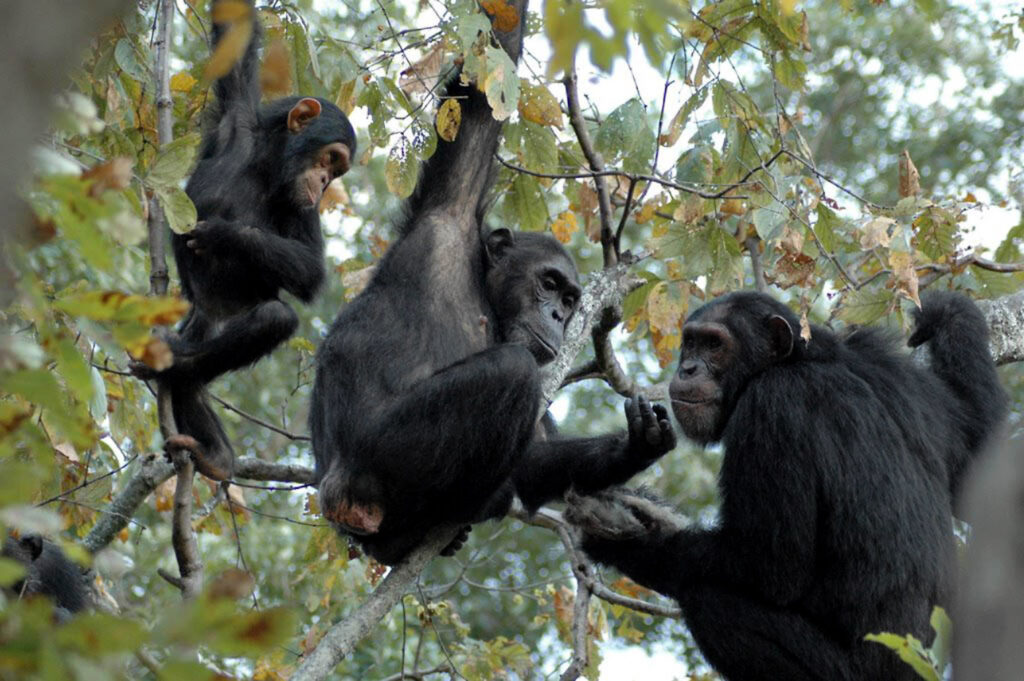
“I’d love for us to learn more about the chimpanzees living outside the boundaries of Gombe National Park in northwestern Tanzania — how they move through the landscape, interact with people and livestock or other domesticated animals, and what health challenges they may face.
At the same time, it’s just as important to support the health and well-being of the human communities who share these spaces. That’s a central goal of our work through the Gombe One Health Hub: to better understand how human, animal, and environmental health are connected across this larger ecosystem.”
Dr. Jessica Deere, Emory University
“I am interested to learn how climate change will impact the chimpanzee habitat and their behaviors! Will temperature and rainfall impact the fruit trees there? Will the chimps resort to eating more fallback foods like leaves and grasses? The environment is sure to change, and it will be interesting to see how the chimpanzees and other animals in the forest change in response!”
Sims Patton, PhD candidate at The George Washington University
What is one of the greatest changes you’ve seen at Gombe National Park?
Some things worth celebrating…
“The major change, which you can see, is that, compared with when the park was first gazetted, the amount of forest has increased incredibly much. Areas which were before grassland subject to annual grass fires and open woodland with grass have been replaced, in many cases . . . with massive amounts of new forest, which is very, very, very good for the chimps, for the baboons, for the other primates . . . and everybody else, which is wonderful thing.
And that’s partly because the national parks have reduced the amount of burning which comes in — they have a firebreak around the park — but it’s secondly because the chimpanzees, the baboons, and the other creatures have been dispersing the seeds of their favorite food. So that they are, in fact, as I view it, farming their environment and increasing the amount of food available to them.”
Dr. Anthony Collins, Director of Baboon Research at JGI’s Gombe Stream National Park
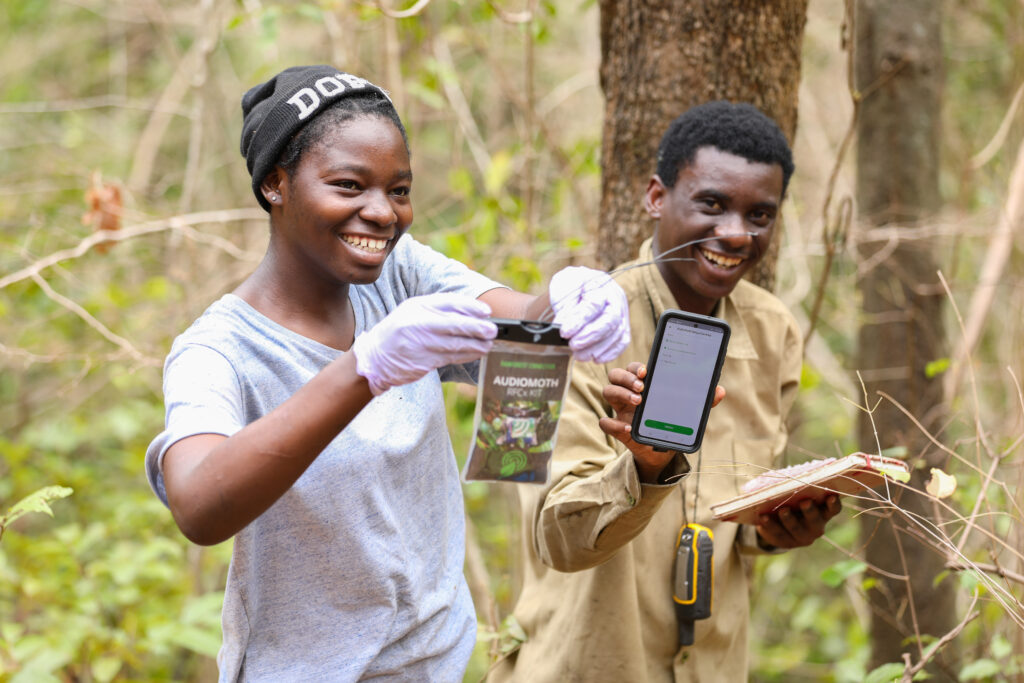
“The very best change by far has the been the inclusion of Tanzanian women on the Gombe Stream Research Center work force.”
Bill Wallauer, Wildlife Cinematographer and Scientific Advisor at the Jane Goodall Institute
“I remember when I took my first boat to Gombe in 2000, and I was looking at the bare hills on the village land outside Gombe National Park. I was seeing the human densities — houses everywhere, foot paths, the bare hills, agriculture fields, and the most steep areas. I felt hopeless, and I thought that there is no way these forest/woodland habitats can be restored to support the people’s livelihoods, wildlife, and the environment.
I’m so inspired to look at satellite imageries and seeing from the boat again how actually in many, many places on the village land, in the village land forest reserves — thanks to the decision by local communities to protect, and restore, and monitor the forests — many, many of these forest patches are coming back.
It’s amazing to see woodlands in places which they were not there. It’s incredible to hear people’s interpretations and reactions to the new wildlife sightings, to mushrooms and other benefits which they see from the forest; it’s wonderful to see how they feel that their lives are more secure because of the control in flooding and flash floods. And it’s just a wonderful feeling to reflect back on this incredible work for 25 years, which [JGI] did with local communities, and being able to experience this positive change.”
Dr. Lilian Pintea, Vice President Conservation Science, JGI USA

… and some things we need to keep an eye on.
“The other change is the number of people . . . the park has become open to tourists, and both the national park staff and the research staff — because we’re doing more and more projects — have increased . . . So, we people have really got to manage ourselves properly, that we protect the health of the chimps and the other primates, and make sure that the forest is never burned or damaged while we are here.”
Dr. Anthony Collins
“Unfortunately, Gombe’s continuing to become like an island because it’s surrounded by villages, and habitat loss in the villages is increasing. So, this is not a very good thing outside the park . . . But also, as I’ve said, the number of chimps are going down, and this is because of disease, which some will feel like might be coming from people. So, we really need to do a good job to make sure that this maybe disease transmission from human to chimpanzee is not becoming [harmful]to the chimps.”
Dr. Deus Mjungu, Director of JGI’s Gombe Stream Research Center
But no matter what, we keep going. Why? Because Gombe is a special place.
“What’s so remarkable about Gombe is that you have this intact ecosystem, that gives you a window into how nature works. And this has a deep history at Gombe, not only from the research side, but I think where Gombe fits in this location in East Africa, where it’s at the very edge of the Congo Basin rainforest, at the edge of Lake Tanganyika. It’s at this place where the Albertine rift goes from a really high elevation down to a lower elevation, and you have these different ecosystems coming together.
So, the chimpanzees at Gombe, the monkeys at Gombe, these animals are representing these really important communities from the past that have had a foothold and have been protected in the Gombe hills. The fact that you have decades of science going on from Dr. Jane and from all the students and the scientists who work there now, having this knowledge to share with the international scientific community about chimpanzee behavior, baboon behavior, about the monkeys — it’s just a huge resource, I think to the scientific community.
We also have this protected area now for Tanzanians to go and experience nature. One of my favorite memories from my last trip was hiking through the forest and coming across a group of school teachers who are out there experiencing Gombe. They’re taking that piece of nature back to their classrooms and that’s super, super exciting.”
Dr. Kate Detwiler, Associate Professor, Biological Sciences Department, Florida Atlantic University
What do you envision for the future of Gombe National Park and/or Gombe Stream Research Center?
“I envision that Gombe long-term research continues for the next 65 years. Science is at the core of [JGI’s] institutional DNA, and it all started in Gombe. I envision Gombe to continue to be the place where we bring our latest innovative technologies, approaches, methods, ideas, questions, and compliment and combine them with this unique, valuable long-term data to ask questions which we cannot ask anywhere else.
I see Gombe continuously playing a tremendous, important role in understanding: ‘What does it mean to be a chimpanzee, what does it mean to be a human, and how we people, chimpanzees, other wildlife can co-exist and share the environment that we depend on?’
I see a strong group of Tanzanian researchers collecting, managing, analyzing, publishing data in close collaboration and partnership with a vast network of scientists across the globe.
I see Gombe data being positioned to enable collaboration and partnership, and an application of a variety of latest technologies from cloud-based computing and AI, and enabling people who maybe didn’t have a chance to come to Gombe to engage with Gombe, experiencing it, analyze it, add value, learn and contribute to this global knowledge.”
Dr. Lilian Pintea
“As you know, this year, we are celebrating 65 years since Dr. Jane Goodall started chimpanzee research here. So, I’m envisioning another 65 years of gaining more knowledge about chimpanzees.
But, of course, we have to work hard to ensure that habitat loss outside the park is not increasing, because we really need to make sure that Gombe chimpanzees are connected with other chimps outside the park. I’m envisioning a situation where Gombe chimps have a large area to roam around maybe in searching for food and . . . other individuals. I see a future where the gene pool of Gombe will not continue to decrease, but rather will be increasing through the movement of individuals, especially females, in the corridor north of the park.
So, this is a type of future which I am envisioning. And, of course, I still see research continuing to contribute to our understanding of chimpanzee behavior, and in so doing increasing our understanding of human evolution. I have hopes of seeing teams continuing to survive in this landscape of Gombe.”
Dr. Deus Mjungu

If you’d like to see Gombe research continue for the next 65 years and beyond, please consider becoming a 🔗 Gombe Science Hero — or gifting a sponsorship to a loved one — today.
Photo/video credits, in order of appearance: Nick Riley Photography, JGI/Anna Mosser, JGI/Stephano Lihedule, JGI/Lilian Pintea, JGI/Bill Wallauer, JGI/Carlos Drews.


